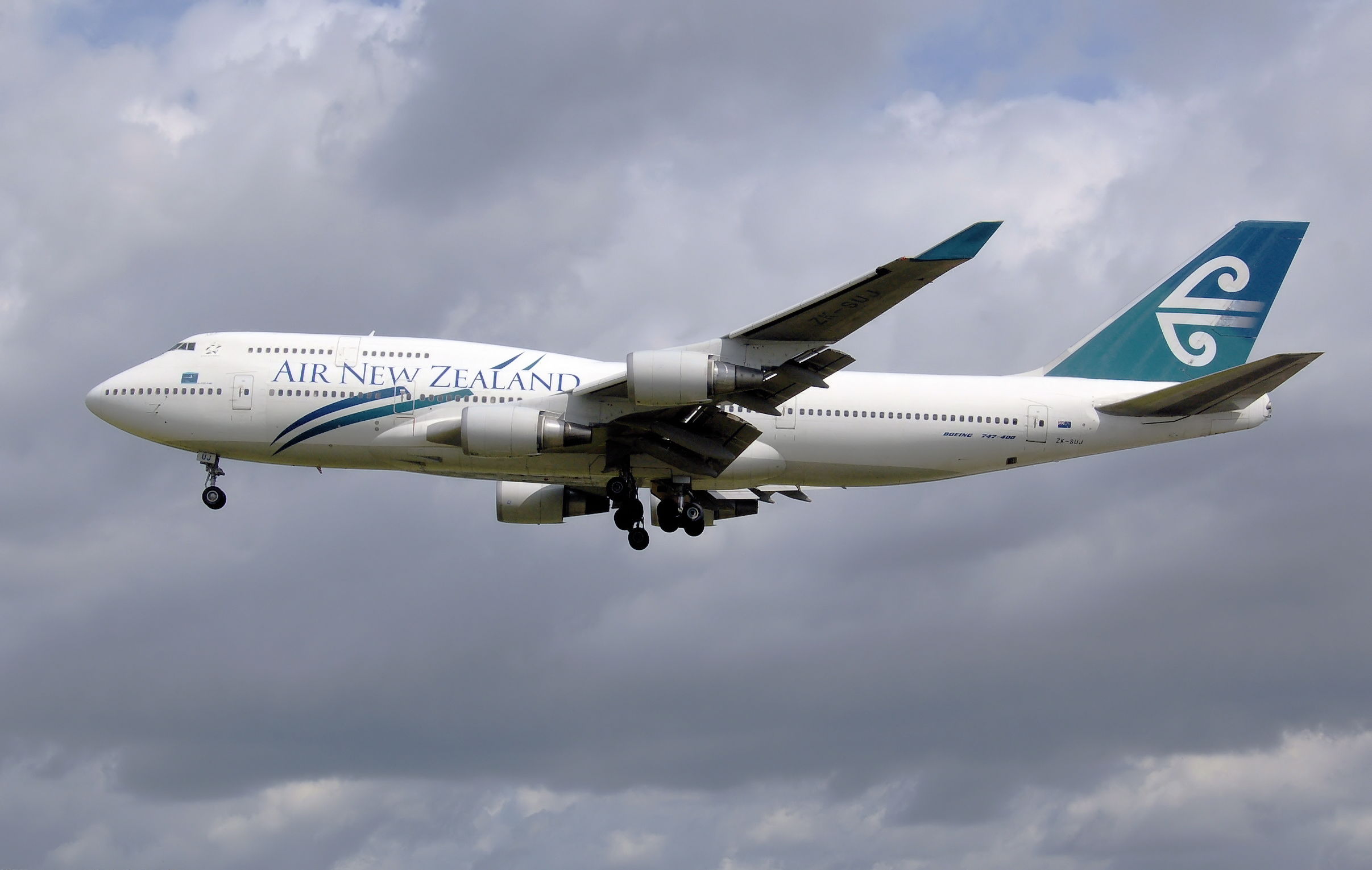by Devesh Agarwal
European airframer Airbus has installed the two massive Rolls Royce Trent XWB engines on the frame of the first A350XWB to fly, MSN1, Toulouse in France.
The Trent XWB engine had received its Engine Type Certification from the European Aviation Safety Agency (EASA) last month confirming its fulfilment of the agency's airworthiness requirements.
Along with the engines, Airbus is also installing the Honeywell HGT1700 auxiliary power unit (APU), specially developed for the A350 and which offers greater power density and higher efficiency than the previous generation APUs.
Additional photos are posted on our Facebook page. Click here to visit our page. From there go to the photos section and you will see the Trent XWB album. While on Facebook, please give our our page a "like".
April 2012. A350 XWB enters the Final Assembly Line
August 2012. Airbus powers up the cockpit of A350 XWB MSN1
September 2012. Wings arrive for first A350 XWB
February 2013. Airbus moves complete A350 XWB MSN1 airframe to outdoor testing
March 2013. Trent XWB engines installed on A350 XWB MSN1
Read more »
European airframer Airbus has installed the two massive Rolls Royce Trent XWB engines on the frame of the first A350XWB to fly, MSN1, Toulouse in France.
The Trent XWB engine had received its Engine Type Certification from the European Aviation Safety Agency (EASA) last month confirming its fulfilment of the agency's airworthiness requirements.
Along with the engines, Airbus is also installing the Honeywell HGT1700 auxiliary power unit (APU), specially developed for the A350 and which offers greater power density and higher efficiency than the previous generation APUs.
See a photo time line of the Airbus A350 XWB below
Almost one month ago to the date, Airbus had rolled out A350 MSN1 from indoor testing to the outdoor testing. With the installation of the engines and APU, Airbus A350XWB MSN1 is for all practical purposes, a 'complete' aircraft. Airbus is targeting the first flight of MSN001 by the middle of this year.Additional photos are posted on our Facebook page. Click here to visit our page. From there go to the photos section and you will see the Trent XWB album. While on Facebook, please give our our page a "like".
A350 AWB time-line (in photos)
February 2012. First flight of the Trent XWB engine (along with video)April 2012. A350 XWB enters the Final Assembly Line
August 2012. Airbus powers up the cockpit of A350 XWB MSN1
September 2012. Wings arrive for first A350 XWB
February 2013. Airbus moves complete A350 XWB MSN1 airframe to outdoor testing
March 2013. Trent XWB engines installed on A350 XWB MSN1














